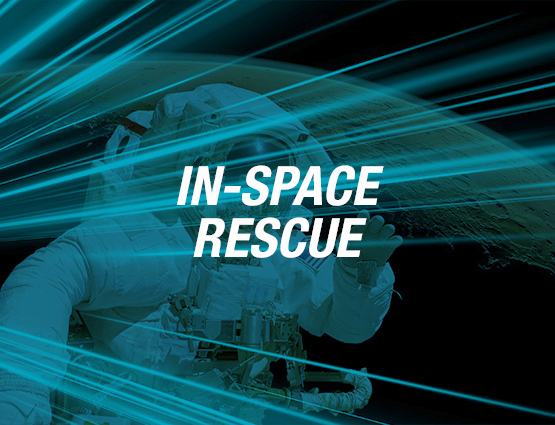
More people will spend more time in space than ever before in the years to come, raising the prospect of accidents and precarious situations that necessitate rescue operations out there. But if we want to perform such rescues safely and effectively, we first need to plan for them — and to back those plans up, a firm foundation of hardware interoperability and standard procedures.
That's the recommendation of an Aerospace paper on in-space rescue presented at the AIAA's ASCEND conference in Las Vegas. The paper notes how human spaceflight history is marked by tragedies and other near-misses that have resulted in safer operations and lessons learned, but the industry must look forward as well as back.
The most recent example offered in the paper is the Starliner flight to the ISS, which went awry after several thrusters failed after launch. Though the astronauts on the Starliner did reach the ISS safely and eventually returned home, the event exposed several weaknesses in today's fast-moving space enterprise that suggest a new, ground-up approach to safety.
The paper, which you can read here, emphasizes work in three key areas: preparedness, standards, and operations.
Preparedness means getting on the same page on basic questions of terminology, jurisdiction, flight plans, and expectations of anyone involved. Standards do or should exist for components that will be critical for successful rescues, such as docking rings and spacesuits. Operations refers to things like procedures, checklists, international cooperators, timelines, and other day-of concerns.
Aerospace’s paper takes a stab at a rescue framework, but no novel methods or standards are proposed. The space enterprise will work those out together as best fits its needs and available capabilities. But by pursuing rescue as a priority before it’s needed, we can be more confident that those going to space won't have to improvise quite so much when the unexpected occurs.
